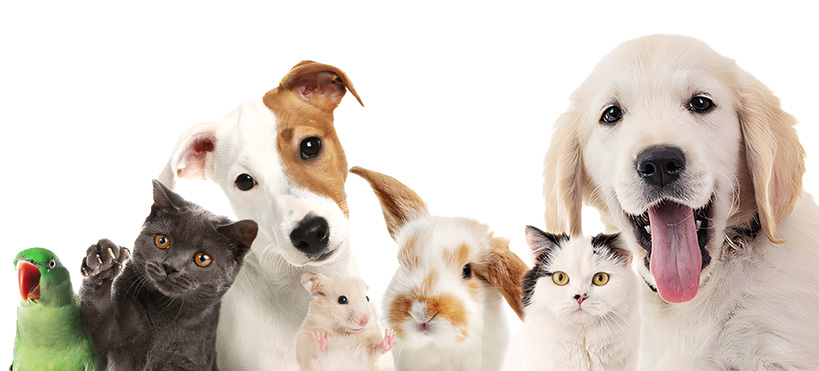
Advanced Imaging


Computed tomography (CT)
A computerised tomography (CT) scan combines a series of X-ray images taken from different angles around the body and uses computer processing to create cross-sectional images (slices) of the bones, blood vessels, and soft tissues inside the body. CT scan images provide more detailed information than simple X-rays do.
A CT scan for pets is useful for a number of different conditions including, but not limited to:
- Physical trauma or injury
- Various cancers and tumours (and staging of these cancers)
- Diseases of the nose and lungs
- Brain or spinal conditions
- Middle and inner ear disorders
- Evaluation of thoracic cavity including the lungs, airways, and heart
- Planning and guiding other procedures such as surgery
Unlike human patients, you cannot tell a pet to remain perfectly still while a CT scan is ongoing. Even slight movements reduce image quality as it might produce distortions. For this reason, animals usually need to undergo sedation or general anaesthesia to produce good quality images for a more accurate diagnosis. Sometimes a contrast dye may be given intravenously to accentuate soft tissues and blood vessels.
Fluoroscopy
Fluoroscopy is an imaging technique that uses X-rays to obtain real-time moving images of the interior of the body. A fluoroscope allows the veterinarian to evaluate the structure and function of the internal organs of the patient, for diagnosis and therapeutic intervention.
Fluoroscopy is used in our clinic for a range of procedures such as a myelogram, interventional radiology, and minimally invasive fracture stabilisation.
Endoscopy
An endoscope is a flexible tube with a viewing port and/or a video camera attachment. It can be inserted into hollow organs like the oesophagus and stomach through the mouth, or the colon via the rectum. The endoscope permits inspection of the inside of these organs, and tissue samples can be taken with special attachments inserted into the scope. General anaesthesia is required during the endoscopic procedure for animals.
Other organs that can be inspected with the endoscope include the bladder, the respiratory tract (nasal cavity, trachea, and bronchi), and parts of the reproductive tract.
Some of the common uses of the endoscope in veterinary practice include:
- Retrieval and removal of foreign objects in the oesophagus or stomach (such as toys, bones, or large fruit seeds) that were ingested by the pet.
- Identifying abnormalities such as inflammation, abnormal swelling, masses, or areas of scarring or stricture (abnormal narrowing) in the organ being inspected.
- Looking for nasal tumours or polyps in cats with signs of chronic upper respiratory tract disease.
- Minimally-invasive biopsy of the inner lining of the stomach and intestines in cases of chronic vomiting or diarrhoea.
In order to rule out other diseases or conditions, your pet will usually undergo some routine tests prior to an endoscopy procedure taking place. These tests can include a full blood test, a urine sample, a faecal examination, radiographs, and an ultrasound.
Endoscopy in dogs and cats is usually a day procedure. Patients can be discharged on the same day, barring any post-procedural complications, or if they are being concurrently managed in hospital for an ongoing illness.
Generally, an endoscopy procedure in dogs and cats is safe, but as with any medical procedure, there are some potential risks and complications which will vary depending on the individual animal and will be discussed by your veterinarian.